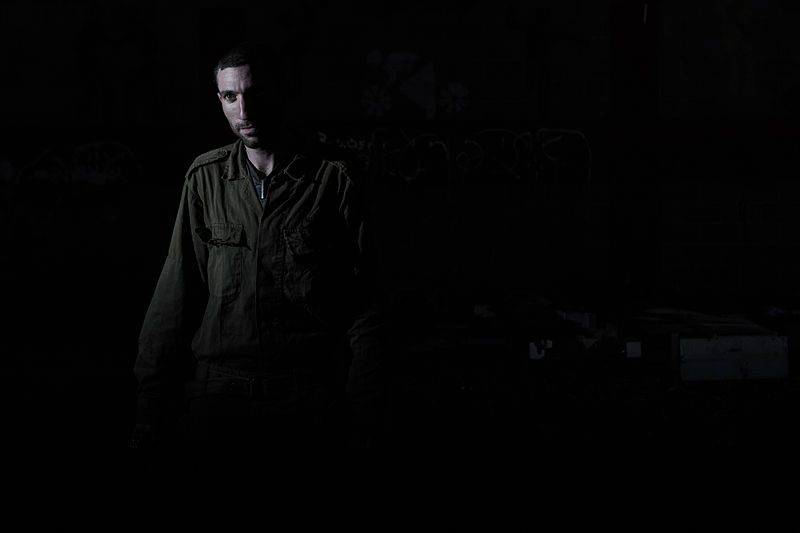Key Difference – PTSD vs Depression
PTSD and Depression are two types of mental disorders between which some differences can be identified. PTSD stands for Post Traumatic Stress Disorder. The key difference between PTSD and depression is that the PTSD is an anxiety disorder; people who experience or witness life threatening events can be diagnosed with PTSD. Although it must be stressed that not all people who undergo such events develop PTSD. Depression, on the other hand, refers to a clinical disorder in which the individual feels sad, lacks energy and withdraws from his usual everyday activities. The confusion between the two disorders mainly stems from the overlapping of these two disorders in the individual. Through this article let us clarify this difference.
What is PTSD?
PTSD or else Post Traumatic Stress Disorder is an anxiety disorder. People who experience life threatening events or else extremely traumatic events such as accidents, wars, natural disasters can be diagnosed with PTSD. Those who suffer from PTSD experience a range of symptoms that can mainly be put under three categories. They are intrusions, avoidance, and hyperarousal. Intrusions are nightmares, recurrent thoughts, and images of the event, etc. Avoidance refers to behaviors of the individual, in which he or she prefers to remove him from activities that interested him before the event took place, to avoid the place where the event took place, inability to recall certain parts of the event, inability to fall back to the routine life, etc. Hyperarousal refers to the hyper-vigilance, outbursts of anger, trouble in sleeping, startling responses, irritability, etc.
Mainly there are three forms of PTSD. They are acute PTSD that takes place soon after the event and lasts for less than three months, Chronic PTSD that lasts for about three months, and Delayed Onset PTSD that emerges around six months after the event.
What is Depression?
Depression refers to a mental disorder in which the individual feels sad, lacks energy and withdraws from his usual everyday activities. Depression should not be confused with feelings of sadness that we all experience when we encounter difficult situations in life. For example, at the death of someone close to us, such as a family member or friend it is natural to feel sad and depressed. But these feelings often fade away. If it lasts for a longer time than what is considered as normal, then we diagnose it as depression.
There are many types of depression such as major depressive disorder, bipolar disorder, and persistent depressive disorder. Depression can have a myriad of causes ranging from genetics to environmental factors. Some of the common causes are the death of a loved one, abusive relationship, stressful experiences, etc. A person who has depression feels hopeless, sad, empty and is pessimistic. He feels worthless and has no interest in pleasurable activities. Fatigue, difficulty in concentration, insomnia, suicidal thoughts are some other symptoms.
What is the difference between PTSD and Depression?
Definitions of PTSD and Depression:
PTSD: People who experience or witness life threatening events can be diagnosed with PTSD.
Depression: Depression refers to a clinical disorder in which the individual feels sad, lacks energy and withdraws from his usual everyday activities.
Cause of PTSD and Depression:
PTSD: The cause is a life threatening traumatic event.
Depression: The cause can be genetic, psychological or environmental.
Symptoms of PTSD and Depression:
PTSD: There are many symptoms that fall under intrusion, avoidance, and hyperarousal.
Depression: Hopelessness, sadness, pessimism, worthlessness, lack of interest in pleasurable activities, fatigue, difficulty in concentration, insomnia, and suicidal thoughts are some common symptoms.
Diagnosis of PTSD and Depression:
PTSD: PTSD can sometimes go unnoticed as it often overlaps with depression.
Depression: Depression is easily noticed and mostly treated for unlike PTSD.
Image Courtesy:
1. PikiWiki Israel 36225 Soldier with ptsd By shiran golan Pikiwiki Israel [CC BY 2.5], via Wikimedia Commons
2. “Melancholy 2” by Andrew Mason (London, UK) [CC BY 2.5] via Wikimedia Commons
Key Takeaways
- The key difference between PTSD and depression is that PTSD is an anxiety disorder, while depression is a clinical disorder where the individual feels sad and lacks energy.
- PTSD is caused by life-threatening traumatic events, while depression can be caused by genetics, psychological factors, or environmental factors.
- PTSD symptoms fall under intrusion, avoidance, and hyperarousal categories, while depression symptoms include hopelessness, sadness, pessimism, worthlessness, lack of interest in pleasurable activities, fatigue, difficulty in concentration, insomnia, and suicidal thoughts.
